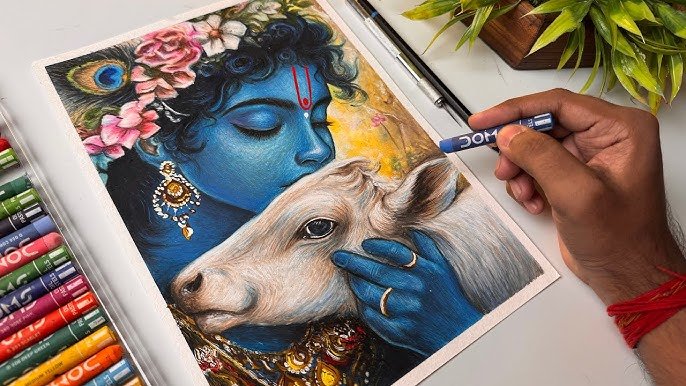A Beginner’s Guide to Oil Pastels Drawing: Bonus Tips
What are oil pastels? Oil pastels come in sticks (mostly) or crayons. They are basically a mix of pigments, waxes, and mineral oils. Oil pastels are a great medium; they offer a similar greasy finish to that of oil paint; they can be applied to multiple surfaces; they have great color intensity; they add texture to the work of art; and they are easily blendable and ideal for larger surfaces. Are oil pastels good alternatives to oil paint? In my humble opinion, nothing beats paint and a brush. But oil pastels are perfect for beginners, and here’s why: Oil painting requires so much more preparation and a lot more materials than oil pastels. The latter is quick, easy, and does not require any brushes or solvents.Therefore, oil pastels are ideal to travel with and make no mess. Oil pastels are also way more affordable than oil paint and its mediums. They also come with the possibility of being scratched off, built up, blended, used to look like wet paint, or used dry. How do you use oil pastels in your art? Any painting or drawing technique is going to be tricky for a total beginner. How to draw with oil pastels as a beginner and how to blend them is something you need to practice and experiment with before you can move to create your desired artwork. Oil pastels, like every other medium, require some techniques and tips to make the art process easier. Tips for oil pastel drawing for beginners When learning to use oil pastels, it is always good to look for some tips as well as dos and don’ts of your medium. The following tips are ones that I found very helpful in my first experience with oil pastels. Oil pastel drawing for beginners: the don’ts
